U.S. stock and bond markets fell in response to the announcement from the Federal Reserve on Jan. 26 that it will soon raise its benchmark interest rate and end its asset tapering program in early March.
The NYSE Composite fell 297.67 points in an hour from 2:30 p.m. and recovered slightly at the end of the day, but by only 26 points to 16,237.76.
Unlike the U.S. market, the Chinese stock market had already plunged before the FOMC’s announcement.
Two days before, on Jan. 25, the SSE fell below 3,500 points, setting a record for the first time when the number of stocks plunging exceeded 4,000 in a single day, while the SZSE Component Index (SZSE) fell 2.83 percent.
In the early morning on Jan. 26, the four major official securities media outlets of the Chinese Communist Party (CCP) joined together to call on institutional investors to help. The front page of the Securities Daily reads “stand up for the backbone of A-shares.” By the afternoon, brokerage and investment firms made a move and the market bottomed out. Many stocks benefited from the capital injections and displayed a V-shape rebound after the heavy drop on Jan. 25.
Apart from Zhong Ou Asset Management Co. Ltd. and Hua'an Fund Management Co. Ltd., which both announced they were initiating 50 million yuan (approximately $8 million) of self-purchases, 12 other stocks also saw major capital injections. Namely, CATL (300750.SZ), LONGi (601012.SH) and TJSEMI (002129.SZ) saw a net main inflow of over 400 million yuan (approximately $64 million).
But as soon as the market opened on Jan. 27, the Shanghai Stock Exchange Index and the Shenzhen Stock Exchange Index began to fall, with net outflows of 7.981 billion yuan ($1.277 billion) at the start of the day. By the time of the Fed announcement at 3 p.m., Chinese stocks were already in a state of depression.
The SSE fell by 1.78 percent and the SZSE fell by 2.77 percent on that day. Over 4,300 stocks fell on both exchanges, with over 100 stocks hitting limit down and less than 300 stocks rising. Meanwhile, there was a net outflow of 5.349 billion yuan ($856 million) from both exchanges by the end of the day, and a net outflow of 34.046 billion yuan ($5.447 billion) for the whole day, including a recent record high of 14.6 billion yuan ($2.336 billion) in northbound capital outflows.
The outflow of northbound capital is the withdrawal of foreign capital from A-shares. Through the Shanghai and Shenzhen Stock Connect trading channels, Hong Kong capital and international capital can trade some Chinese A-share stocks.
On Jan. 27, a number of China’s public investment funds made large buybacks of their fund products. China Universal Asset Management Co. Ltd. announced that it would use its own funds of 200 million yuan (approximately $32 million) to buy back its equity funds and promised to hold them for not less than one year. E Fund Management announced that it would invest 100 million yuan (approximately $16 million) on Jan. 27 to acquire its active equity funds and also committed to hold the funds for not less than one year. Fullgoal Fund Management Co. Ltd. announced that it would invest 60 million yuan (approximately $9.6 million) to buy back the company’s equity and hybrid public funds within 10 trading days and schedule to hold the funds for at least a year. In addition, Full Goal Fund, GF Fund, Harvest Fund, and Foresight Fund also contributed 60 million yuan (approximately $9.6 million), 80 million yuan (approximately $12.8 million), 50 million yuan (approximately $8 million), and 130 million yuan (approximately $20.8 million) respectively for the repurchase.
Pessimism Toward Chinese Economy
Dr. Li Songyun, an economist who has followed China’s economy for a long time, told The Epoch Times, “The Fed’s rate hike itself definitely has an impact on A-shares, but it’s not necessarily the main reason why A-shares are down right now.“The Chinese Communist Party’s official media is now highlighting the impact of the U.S. interest rate hike, but it is actually trying to hide the real reason for the fall in A-shares, which is the pessimistic attitude of Chinese investors toward the outlook of the Chinese economy,” Li said.
The Chinese online media “21st Century Finance” has launched 2022 with the publication of an article, “Looking back at the four major shifts of bulls and bears in 2021 to reveal a stock market ‘truth’,” analysing last year’s stock market and providing a brief summary for 190 million Chinese retail investors.
In 2021, of the 4,685 stocks normally traded on the SSE and SZSE, 61.21 percent had positive returns for the year, while 38.74 percent fell; the median annual share gain was 8.59 percent, while the average gain for equity funds was only 5.36 percent.
According to the article, the figures show that it is not difficult for retail investors to earn a profit in 2021. However, it noted, “investing in 2021 is difficult, but 2022 may be even more difficult.”
The article also describes the experience of Mr. Ho, a retail investor who borrowed money to speculate in stocks in 2021 and lost 500,000 yuan (about $80,000), leaving him with only 129,000 yuan (aboutS$21,000). Ho lamented, “After losing his job in middle age, his family was left with no source of income. I was hoping to make some money through the stock market, but the failure ended up becoming a burden to my family and a laughing stock to my relatives.”
Unemployment and tight regulation were key topics for Chinese in 2021. In the 2021 stock market, Offcn Education Technology Co. Ltd. (002607.SZ) and China Fortune Land Development Co. Ltd. (600340.SH) were the worst stocks, both down over 70 percent. Offcn Education Technology Co. Ltd. is in the education sector, while China Fortune Land Development Co. Ltd. is in the real estate sector. Both the education and real estate sectors were among the sectors that the authorities targeted in 2021. One of China’s largest education institutions, New Oriental, laid off 60,000 employees last year.
Shanghai Securities Journal, the official securities media of the CCP, revealed the profit and loss information of investors in 2021: 53 percent said they had made a profit, 10 percentage points less than in 2020; 21 percent said they had lost money, 6 percentage points more than in 2020; investors with larger assets were slightly better off than those with smaller ones, with 58.57 percent of investors with more than 500,000 yuan (about $80,000)making a profit. Only 15 percent of investors believed that the A-share market in 2021 would be a “bull market.”
According to Li, not only will retail investors lose money in 2022, but also institutional investors. The economic outlook is poor, and the Chinese Communist Party’s stimulus policies may not be effective, so most investors’ attitude towards the market is relatively more pessimistic, and hence are cautious in their investment decisions.
China Merchants Fund’s 2022 Investment Strategy Report provides a comprehensive analysis of China’s market in 2021. According to the report, in terms of demand structure, the growth rates of fixed asset investment, real estate investment, infrastructure investment, and manufacturing investment in China kept falling in 2021 after reaching a yearly high in February, and infrastructure investment turned negative in November. In addition, total retail sales of social consumption continued to weaken on a month-on-month basis throughout the year, and the stock of social finance, which represents the liquidity of the real economy, showed an overall decline in 2021.
The CSI300 Index is forecast to grow by 10.0 percent in 2022, down from 18.0 percent in 2021; the CSI500 Index is forecast to contract by 2.6 percent in 2022, down from 31.8 percent growth last year; and the CSI1000 Index is also forecast to contract by 2.6 percent in 2022. This shows that the growth rate of A-share earnings in 2022 is much lower than expected for 2021, i.e. the chances to profit from the stock market in 2022 are even lower.
The CSI 300 Index is composed of the 300 largest and most representative securities on the SSE and SZSE with good liquidity. The CSI 500 Index consists of the top 500 stocks in the A-share market by total market capitalization, excluding the constituents of the CSI 300 Index, and reflects the prices of A-share stocks with small and medium market capitalization. The CSI 1000 Index is composed of 1,000 small and liquid stocks outside the CSI 800 Index sample. The index complements the CSI 300 and CSI 500 indices to reflect the overall situation of small-cap companies in the Shanghai and Shenzhen securities markets.
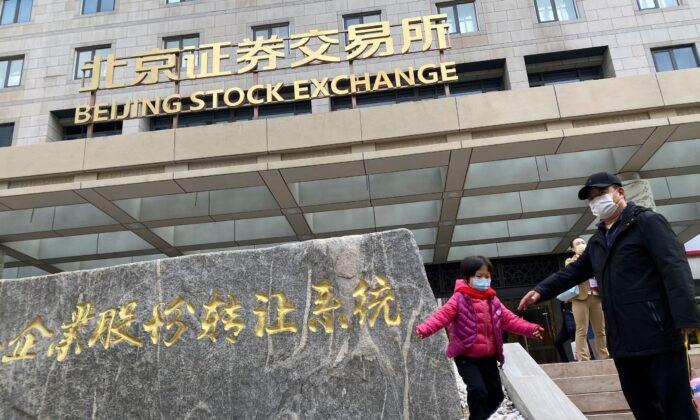

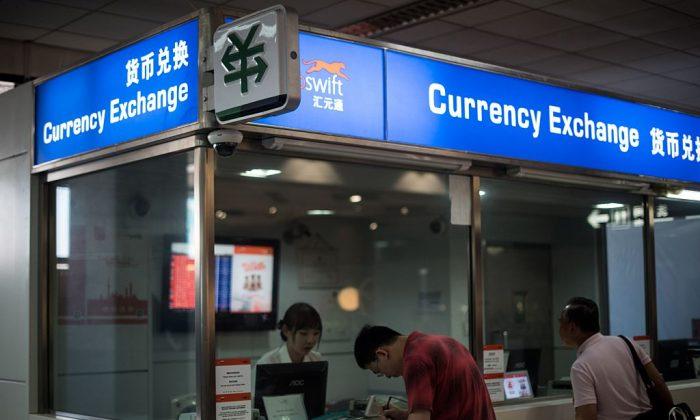
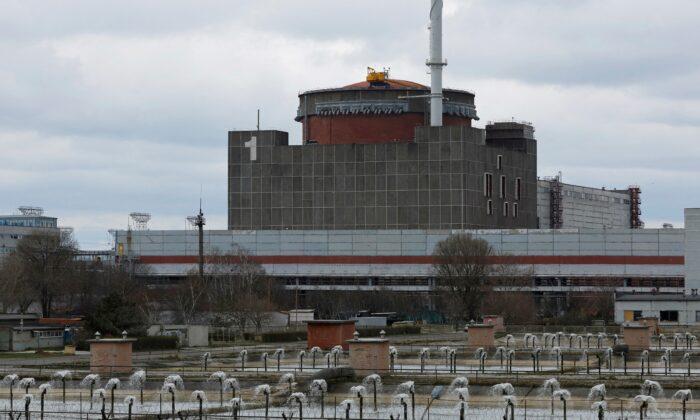
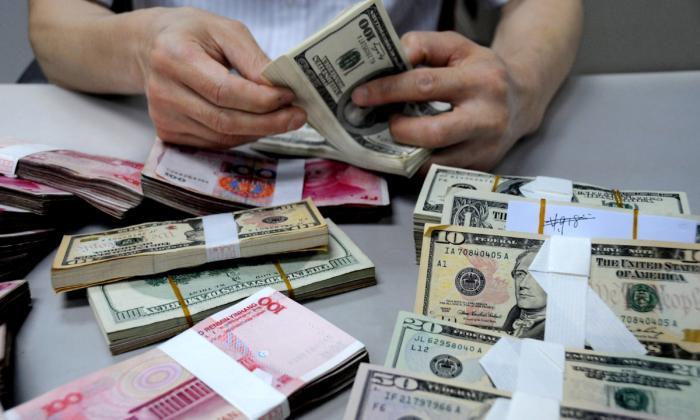
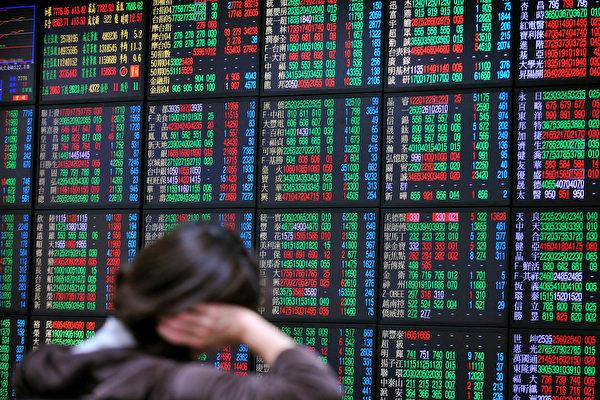
Friends Read Free